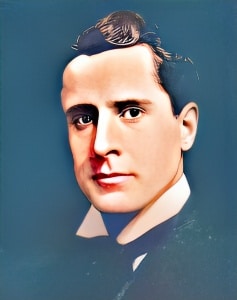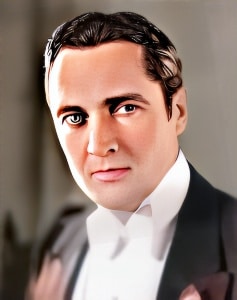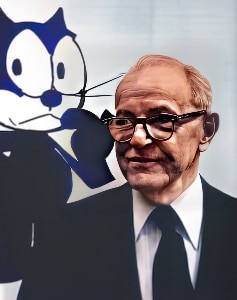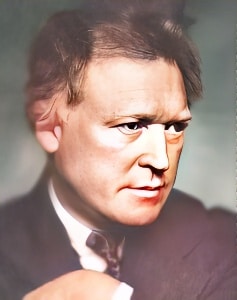 Courtenay Foote, born on March 4, 1863, was a distinguished American actor of the late 19th and early 20th centuries.
Courtenay Foote, born on March 4, 1863, was a distinguished American actor of the late 19th and early 20th centuries.
He left an indelible mark on the world of theater and, to some extent, on the budding world of silent film. Foote’s career was marked by his talent, versatility, and contributions to both stage and early cinema.
Foote began his acting career in the late 19th century, primarily on the theatrical stage. He quickly gained recognition as a skilled actor, known for his captivating performances and emotional depth. His work on the stage laid the foundation for his later transition into the emerging world of silent cinema.
One of the notable milestones in Courtenay Foote’s career was his foray into the world of silent film. During the early 1910s, as the film industry was taking its first steps, Foote’s expertise as a stage actor was sought after in the nascent world of cinema. He made a notable appearance in the 1912 film “The Burglar’s Dilemma,” directed by D.W. Griffith, one of the pioneering figures in early American cinema.
Foote’s presence in “The Burglar’s Dilemma” added depth and authenticity to the film, showcasing his ability to convey emotion and engage audiences, even in the silent medium. His role in this film, although not widely remembered today, contributed to the growing reputation of early American cinema as a significant form of artistic expression.
As the film industry continued to evolve from silent to sound films, Foote’s career adapted to the changing landscape. His theatrical background and experience in the world of silent film made him a versatile actor who seamlessly transitioned into the sound era. His ability to emote and deliver compelling performances in both mediums solidified his position as a respected actor.
Courtenay Foote’s dedication to his craft extended to radio, an emerging form of entertainment in the early 20th century. Radio dramas and programs became immensely popular, and Foote’s distinctive voice and acting skills made him a sought-after talent in this new medium.
Foote’s career spanned a transformative period in the history of American entertainment. He not only experienced the transition from the theater to silent and sound films but also ventured into the world of radio, contributing to the golden age of radio entertainment.
While Courtenay Foote may not be as widely remembered as some of his contemporaries or the prominent figures of today’s entertainment industry, his contributions to both stage and early cinema are celebrated. His versatility as an actor, spanning the theatrical stage, silent and sound films, and radio, demonstrates his adaptability and enduring talent as a performer.
In conclusion, Courtenay Foote’s career illustrates the enduring impact of actors who navigated the transition between the stage and the emerging world of cinema. His work in silent films, notably “The Burglar’s Dilemma” and “ Little Old New York,” showcases his ability to convey emotion and engage audiences in the silent medium. While he may not be a household name today, his legacy endures as a testament to the talent, adaptability, and lasting influence of actors from the early days of American cinema and theater.
Loading live eBay listings...




